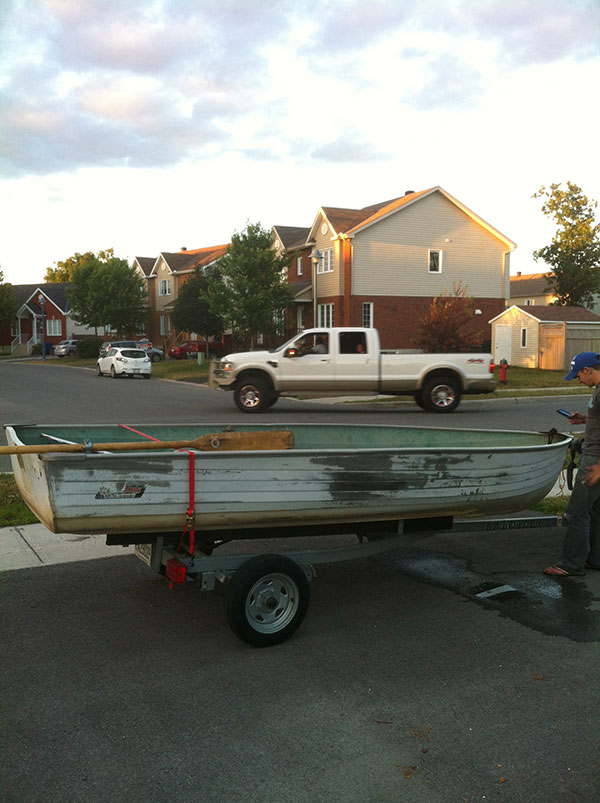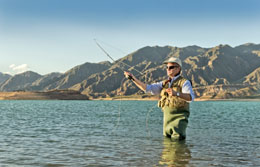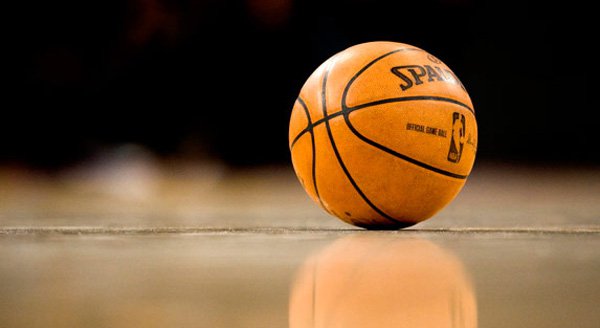West Coast and Gear
Question
Hey thanks, your reply and website helped a lot. I was wondering a couple of other things though. one, what things should you bring with you? definately bike stuff, a few changes of clothes, ect., but is there anything that comes to mind that wouldn't be the most obvious? also, how much training should one want to do before hand. we were planning on going 10 days, roughly 70 miles a day, but dont really know if we should divide that up or just go at it all at once, or how hard we should train for it. We've already started, doing atleast 140 miles a week, but are really in the dark about how much we should work up to or if there's any way of training that's particularly helpful.
-------------------------
Followup To
Question -
this summer, from around mid june to mid july, i was planning on biking from the bay area to portland, oregon. this will be my first tour more than a day or so in length, and i was wondering what you could tell me about the region and biking in it: things to see, good camping areas, good routes to take, ect.
i'm also just getting into cycling enough to give up my car, and houston in the summer has an average of around 95 and 90% humidity. this will be my first summer cycling as a primary form of transportation, so i was wondering what cothing or advice you could give to keep the body cool and to keep from getting too warn out.
Answer -
Good to hear from you.
The west coast is a great bike trip. It is better to go south, rather than north due to stiff wind out of the northwest. Fighting the head winds, going north, would be hard. Some folks do go north, but most go south with the wind at their backs. Starting in Portland might be better.
I traveled down the coast in 2003 and again in 2004 (also two times back in the 1980s). It was great. California State Parks have special sites for bicycle camping. They only cost $3 per night per person, last I knew. They really roll out the red carpet for bicycles. Partially because it is so good for the environment, compared to the big RVs. Also you don't have to make a reservation. RV camping spots are at a premium on California Coast so one must often reserve way in advance, but there is basically always room for bicyclists in the hiker/biker sites. One time the ranger at a California State park check in kiosk said to me, "we love the bicyclists."
I think they do have rules restricting camping in non campground areas, but they encourage use of the hiker biker sites that many state parks have. On the Oregon coast, these sites are $4. Still not bad.
Both Oregon and California designate the coastal highway as an official bike route. Much of it is still on the busy main road (the only road at times), but shoulders are good, much of the way. Some parts in California are a bit narrow, but traffic is usually light in those areas. There are lots of segments that are on bike paths as well.
On the coast, it's Highway 101, with a few exceptions such as Cape Lookouts alternate route near Tillamook, OR. It's 101 in California also until Leggitt, CA. Then you take Highway 1 through Fort Bragg and so forth. It's very hilly. Up and down all the way. Lots of climbing, hairpin turns and absolutely beautiful. If you are not in shape, you will be in shape when you are done, if you do it.
There are some route choices around the San Francisco Bay area. In that area, I haven't always followed the designated Highway 1 route. It's a bit tricky to find your way, going off the official route, but I had other things I wanted to see. A north Bay area bicycle map helped me navigate, but I was looking at it every 10 minutes, or so, just to find which "better road, or bike path segment" to go on next. Many of the roads are not good, but finding the good roads is possible through Peteluma and so forth. Takes patience.
Check out my 2003 and also my 2004 trips down the coast on the web.
http://www.theslowlane.com/bike.html
Also I have an F.A. Q. for bike touring. All are my opinions of course.
In 2004 I took a more inland route through Oregon's Willammette Valley. Then rejoined the coastal route at Arcata, CA. That was a good trip also.
Congratulations on giving up a car in Houston. Happy cycling. Check out my site and keep in touch if you wish.
Robert.
Answer
Good to hear from you again.
I remember that I had forgotten to say anything about clothing. The Pacific Coast tends to be cool in the summer. Cool all the way to well south of San Francisco.
Often it's clammy, sometimes drizzly, cloudy and foggy in the mornings. Some days the sun peeks out in the afternoons and it can be delightful. Seldom hot.
In California practically no chance of rain, just mist. Oregon can still get summer rain storms that last all day. Usually light rain, and these are rare in summer. Thunderstorms are rare so if we get rain, it is often all day, can be several days in a row of mostly light rain. Rare in Summer.
Around Portland it can get hot. Willammette Valley of western Oregon, just east of the coast range mountains can get up into the 95-100 F. range in summer while the coast is in the 60s.
The hot inland areas set up convection air currents that causes air to rise. To fill the low pressure, cool air comes off the ocean so the coast can be even more chilly when it is hot inland. The cool coastal air starts to fade away by around 5 or 10 miles inland.
Wind is out of northwest usually.
It is almost more likely for cyclists to bring too much supplies, rather than not enough. There are quite a few stores and some bike shops along the way. I bring tent, sleeping bag, sleeping pad, some changes of clothing, spare tube, tire pump, tire irons, a few maps. There are some books on things to bring along. I don't cook on the way, but eat in restaurants or snack foods. I don't carry much food. I do bring a water bottle.
Sunscreen is imprtant. Like a number 25 sunblock. Even on cludy days, one can get sunburn from the UV. I use plenty of sunscreen.
Different people have different needs. I have no need for coffee. Don't like the flavor. For other people, that could be an essential.
One of the main things I bring along is my radio. I listen from the speaker, rather than headsets. I try to mount it up front, on the front rack.
Radio is great entertainment while covering the many miles. I even have an AM radio antenna booster that isn't too heavy. Helps reception on the AM band when cities are a long ways away.
On FM band, just a 5 foot wire clipped to radio's whip antenna with an alligator clip works about as good as any antenna. I listen to NPR and some other talk stations along the way.
Oregon has several NPR outlets including KOAC AM 550 from Corvalice. With my big AM booster coil I get it most of the way down the Oregon coast. In California, my antenna starts getting talk Radio KGO from San Francisco around Eureka; (daytime signal.) Night signal, during camping KGO comes in clear all the way up and down the coast, Canada to Mexico. At least most nights.
With out the antenna booster, KGO's day signal starts around Leggett Hill where Highway 1 takes off from Highway 101. KGO is 810 AM. KGO is a commercial talk station that is quite famous.
Hard to say how much to exercise and train for the trip. I don't really train at all as my lifestyle is car free. I have never driven a car and just ride my bike all over. I seem to never be out of shape. That may not be real easy to do in Houston. Just keep riding and play it by ear.
I would find that 70 miles per day would be hard on the coast with all the steep hills. Also there is so much beautiful scenery. Also lots of people to stop and visit with. It tends to be a slowpoke / leisurely trip for me. I take plenty of time. Often only go 40 miles in a day. Part of this depends on where campgrounds are located. There are usually quite a few, but some stretches have one place to stop in 50 miles and the next one isn't till 80 miles.
I may average 50 or 60 miles per day. On my trip to San Diego, my longest day was 89 miles, but most of my days were 40-70 miles.
It could be hard to have a tight time frame, but some people do it a lot faster than me. I really enjoy the trip, but I have quite a lot of patience.
Anyway, feel free to stay in touch. Hope you have a nice trip.
Robert
http://www.theslowlane.com
My bike tour advice page
http://www.theslowlane.com/other/ltrbike.html
bicycle locks
Buying a new bike


